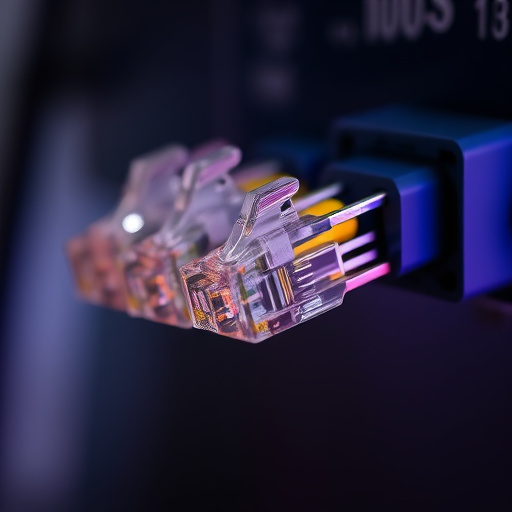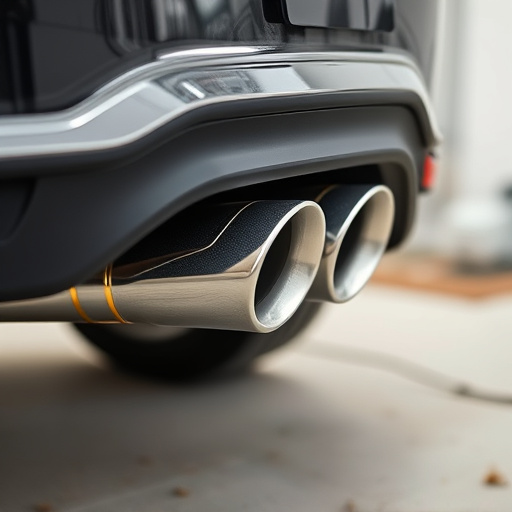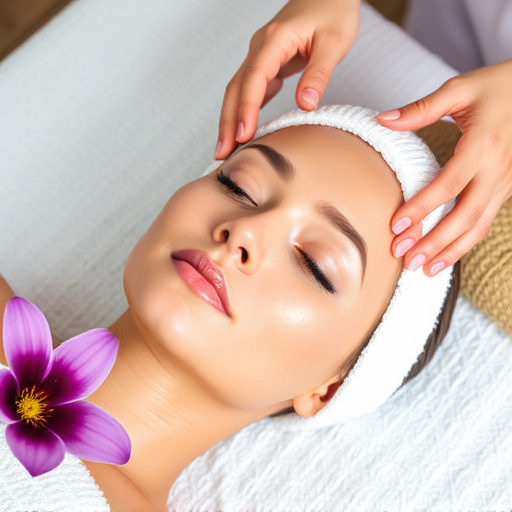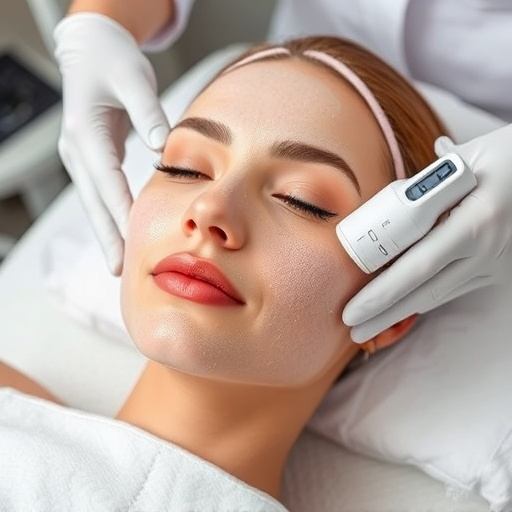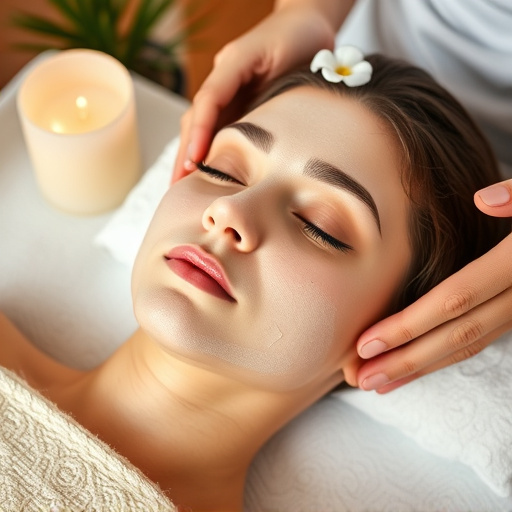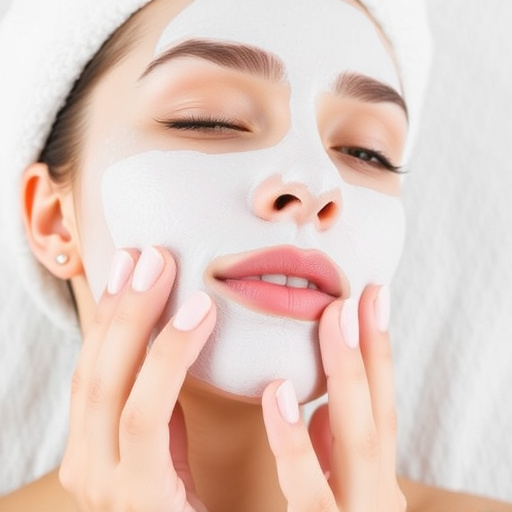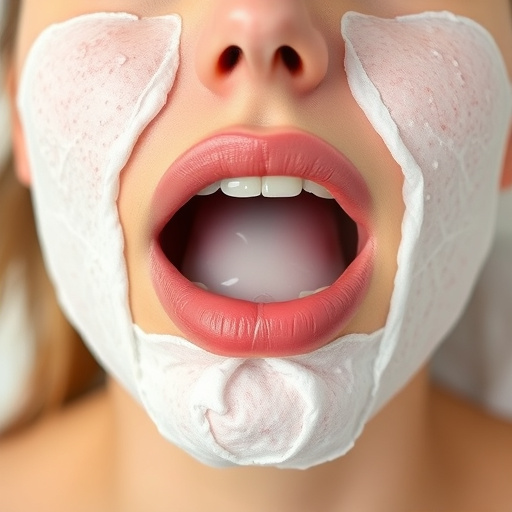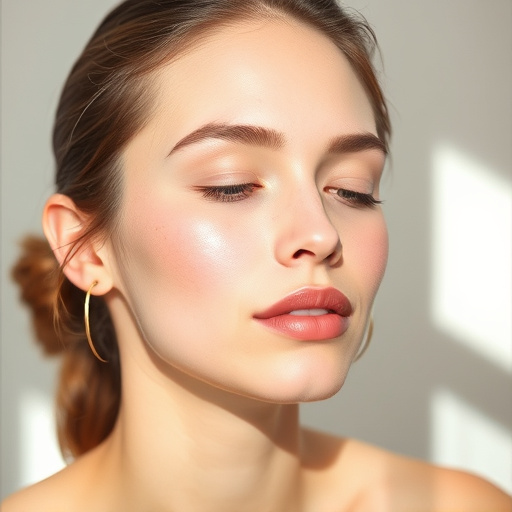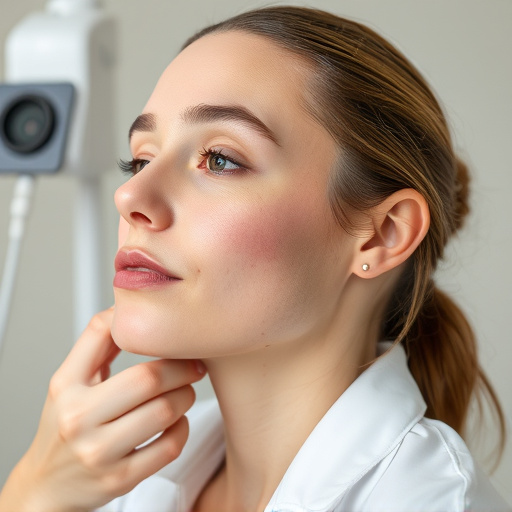Razor bumps, caused by waxed hair removal, can be prevented and treated with a tailored skincare routine. Soothing lotions, gentle exfoliation, tea tree oil, salicylic acid, or dermatologist-recommended therapies help manage irritation. Topical creams and professional treatments with AHAs enhance skin smoothness post-waxing, addressing both comfort and body contouring goals.
Are you tired of dealing with unsightly razor bumps after waxing? Learn how to soothe and prevent these pesky bumps with our comprehensive guide. We’ll break down the science behind razor bumps, offering insights into understanding their causes. Next, discover an effective post-waxing care routine designed to calm your skin. Finally, explore top topical treatments for immediate relief. Master these steps and bid farewell to irritating razor bumps!
- Understanding Razor Bumps After Waxing
- Effective Post-Waxing Care Routine
- Exploring Topical Treatments for Relief
Understanding Razor Bumps After Waxing
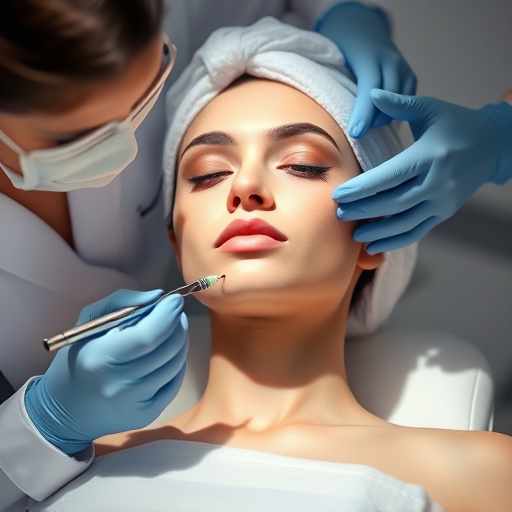
Razor bumps, also known as pseudo-folliculitis barbae, are a common issue that arises after waxing. This condition is characterized by small, red, raised bumps on the skin, typically appearing along the hair growth lines. It occurs when the wax strips hair from its root, leading to inflammation and irritation. The affected area may feel itchy or tender, causing discomfort for many individuals.
Understanding what causes razor bumps is the first step towards managing them effectively. Different skin types and hair textures can contribute to varying levels of severity. For instance, those with coarser or curlier hairs are more prone to developing razor bumps post-waxing. Moreover, using a dull razor or improper waxing techniques can exacerbate the problem. Maintaining optimal skin health and adopting a tailored skincare routine can help prevent and even treat these unsightly bumps. Customized facials, for example, offer a targeted approach to addressing specific skin concerns, including those related to hair removal.
Effective Post-Waxing Care Routine
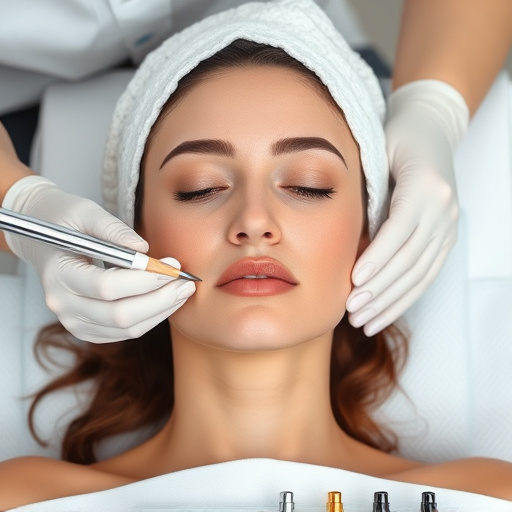
After waxing, it’s crucial to establish an effective post-waxing care routine to prevent and treat razor bumps. The first step is to soothe and calm the skin. Applying a gentle, hydrating lotion or cream can help reduce irritation and redness. Look for products containing ingredients like aloe vera or chamomile, which are known for their anti-inflammatory properties. Additionally, exfoliating gently with a mild scrub can remove any dead skin cells and prevent hair from getting trapped under the surface.
Once your skin is calmed, consider incorporating a razor bump treatment into your regimen. Products designed for this purpose often contain ingredients like tea tree oil, which has antibacterial properties, or salicylic acid, that helps exfoliate and unclog pores. For more severe cases, consult a dermatologist who might recommend microneedling therapy to promote skin healing and tightening or even discuss options for minimal wrinkle reduction treatments.
Exploring Topical Treatments for Relief
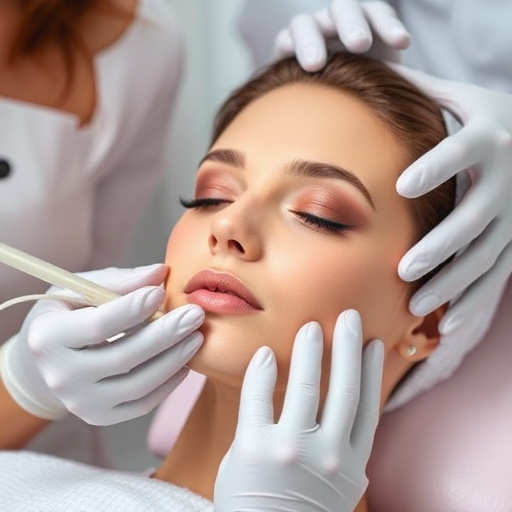
After waxing, many people turn to topical treatments for relief from razor bumps. Exploring these options can be a game-changer in achieving smooth, bump-free skin. A variety of products are available, each designed to target different aspects of razor bump formation. For instance, some topical creams focus on pore refinement, helping to minimize the appearance of enlarged pores often associated with razor bumps.
Professional skincare lines offer advanced solutions for managing and preventing these pesky bumps. These treatments can include ingredients like salicylic acid, which exfoliates skin, or alpha hydroxy acids (AHAs), known for their ability to smoothen and brighten complexions. Incorporating a professional skincare routine into your post-waxing regimen can significantly enhance the overall smoothness of your skin, addressing both immediate comfort and long-term body contouring goals.
After waxing, it’s crucial to understand and address razor bumps effectively. Implementing a dedicated post-waxing care routine, which includes gentle cleansing, moisturizing, and avoiding irritating products, can significantly alleviate discomfort. Additionally, exploring topical treatments like aloe vera, tea tree oil, or specialized razor bump treatments offers further relief and helps prevent future occurrences. By combining these strategies, you can achieve smoother skin and enjoy a more comfortable shaving experience.

